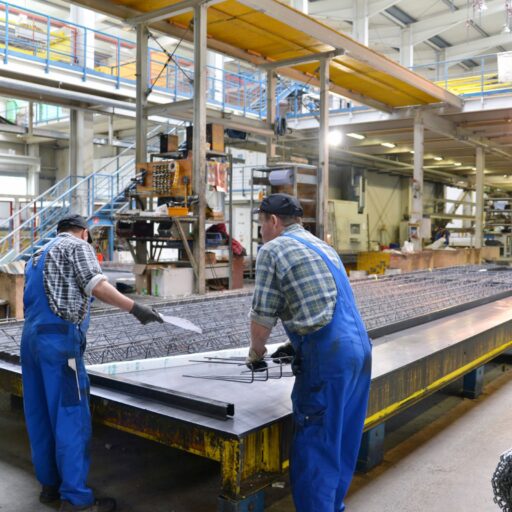Discover The Best CRM Setup for a Manufacturing Company :
Defining a Tailored CRM for Industry
Every manufacturing company deals with complex workflows: long sales cycles, technical accounts, and customized projects. An effective CRM must adapt to these constraints, offer specific fields, and automate follow-ups. It should also integrate production, inventory, and logistics data. Thus, the CRM becomes the central hub where sales, engineering, and technical support converge to provide a coherent overall view.
Types of Contacts to Create
End Customers: user companies, purchasing departments, and project managers.
Buyers or Decision-Makers: contacts responsible for contract negotiation and budget approval.
Engineers and Technical Managers: technical stakeholders overseeing product specifications and assembly plans.
Logistics Partners: carriers, warehousing providers, and supply chain managers.
Suppliers: raw material providers, component subcontractors, or service vendors.
This segmentation allows for targeted communications and prioritization based on each profile.
Modules to Activate
Opportunity Management: a pipeline adapted to industrial projects, with lead scoring based on budget and technical requirements.
Order Tracking: recording the status of every order, from production launch to final delivery.
Customer History and Documents: centralizing meeting notes, technical plans, value propositions, and past contracts.
Quote Management: automatically generating standardized quotes with technical variables and negotiation margins.
After-Sales Support (SAV) Tickets: tracking technical complaints, warranty returns, and service interventions.
Production/Sales Dashboards: key metrics such as quote conversion rate, average manufacturing lead time, and revenue per sector.
These modules should be configured to reflect internal processes: technical validation, prototype testing, and quality control.
Useful Custom Fields
Purchase Order Number: a unique identifier linking orders to production schedules and invoicing.
Estimated Delivery Date: calculated automatically based on shop capacity and logistics lead times.
Product Code or Internal Reference: connects each order to spare parts and production lines.
Client Industry Sector: classification by industry (automotive, medical, aerospace).
Service History: a log of after-sales actions, technical modifications, and maintenance notes.
These fields facilitate traceability and operational reporting.
Example Conversion Cycle
Information or Quote Request: a prospect submits a form or contacts the sales rep.
Lead Qualification: the lead is scored based on budget, technical needs, and timeline.
Sending the Quote via CRM: automatic quote generation with detailed specifications and costs.
Automated Follow-Up and Reminders: scheduled reminders at D+3 and D+7 if no response is received.
Acceptance and Production Handoff: once the quote is approved, the CRM creates the order and notifies the workshop.
Delivery and Post-Delivery Follow-Up: after delivery, an automated email solicits feedback to measure customer satisfaction.
This automation reduces processing times and minimizes human errors.
Use Case: Electronic Components Manufacturer
A small manufacturer of electronic components receives thirty quote requests per week. The CRM automatically assigns each lead to the appropriate sales rep based on technical specialization. If the prospect does not respond within three days, the CRM sends an automated follow-up. Quote conversion rates rose from 15% to 25%, and the time savings amounted to ten hours per week.
Conclusion
A CRM setup tailored for manufacturing companies closely aligns sales, production, and logistics teams. By centralizing customer data, quotes, and after-sales tickets, the CRM enhances opportunity management and streamlines processes. In 2025, it becomes a strategic lever to increase responsiveness, reduce operational costs, and support sustainable growth.












